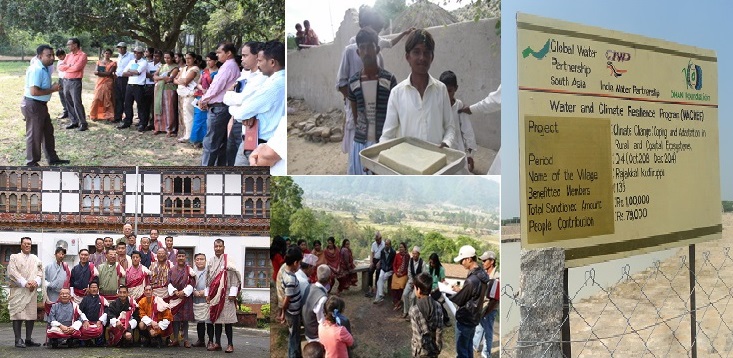South Asia, is home to over one fifth of the world’s population and is known to be the most disaster prone region in the world. The high rates of population growth and natural resource degradation, with continuing high rates of poverty and food insecurity make South Asia one of the most vulnerable regions to the impacts of climate change.
In general, past and present climate trends and variability in South Asia can be characterised by increasing air temperature and there is an increasing trend in the intensity and frequency of extreme events in South Asia over the last century. Temperature projection for South Asia for the twenty first century suggests a significant acceleration of warming over that observed in the twentieth century. While direct impacts are associated with rise in temperatures, indirect impacts due to water availability and changing soil moisture status and pest and disease incidence are likely to be felt. The most significant impacts are likely to be borne by small-holder rainfed farmers who constitute the majority of farmers in this region and possess low financial and technical capacity to adapt to climate variability and change.
The coping capacity of the rural poor, especially in the marginal areas, is low and there is a need to mainstream the good practices for adaptation to climate change into sustainable development planning in the region. Improved understanding of the climate change impacts, vulnerability and the adaptation practices to cope with climate change could help this process.
In this context, the Water and Climate Resilience Programme (WACREP) which is a flagship initiative, was launched at the India Water Week in April 2013. This programme is another regional water and climate initiative under the global programme - Water and Climate Development Programme (WACDEP). WACREP programme was formulated to improve the climate resilience of South Asian countries to withstand the impact of climate change. Under this programme, Country Water Partnerships (CWPs) work with the respective government agencies and their partners and playing a catalytic/facilitative role in implementing climate change related activities.
